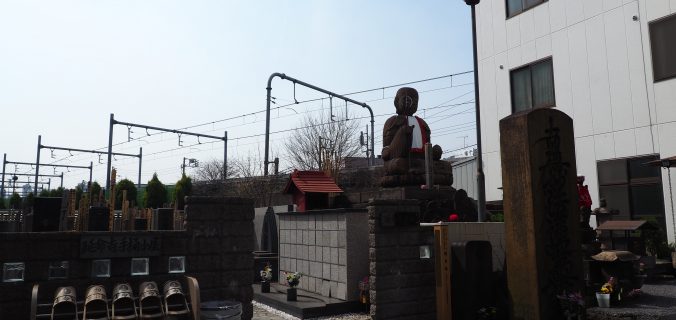Just next to Minami Senju station a small temple with an interesting Buddha statue caught my eyes. It is the Enmeiji temple, somehow squeezed in a small area between the railway tracks, some buildings and a road. Stopping there and looking around the temple I was surprised to find out that its teritory was in fact originally a part of an execution ground where estimated 100,000 to 200,000 people had been executed.
In the past, in Edo times, there were three execution sites in the vicinity of Edo where criminals were executed. This, Kozukappara Execution Grounds, was one of them. Executions were carried out here from 1651 until 1873. Kozukappara Execution Grounds were huge – appr. the size of a footbal stadium, however they were covered by railway tracks and buildings as time went by.
The number is high and it makes me think of 70,000 people slaughtered at the Hippodrome Square in Constantinople, now Istanbul in Turkey, on two occassions, in 532 and 1826






